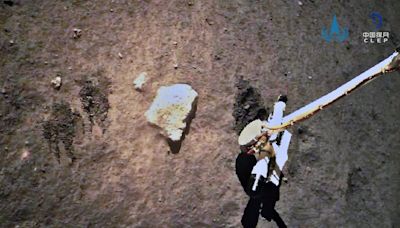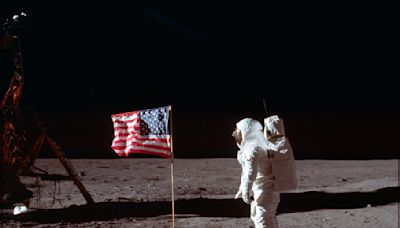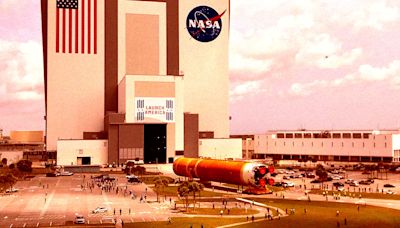Search results
The Earth and the Moon form the Earth-Moon satellite system with a shared center of mass, or barycenter. This barycenter is 1,700 km (1,100 mi) (about a quarter of Earth's radius) beneath the Earth's surface. The Moon's orbit is slightly elliptical, with an orbital eccentricity of 0.055. [1]
Earth's Moon is the brightest and largest object in our night sky. The Moon makes Earth a more livable planet by moderating our home planet's wobble on its axis, leading to a relatively stable climate. It also causes tides, creating a rhythm that has guided humans for thousands of years.
What is the moon made of, and how did it form? Learn about the moon's violent origins, how its phases shaped the earliest calendars, and how humans first exp...
1 day ago · Moon, Earth’s sole natural satellite and nearest celestial body. Known since prehistoric times, it is the brightest object in the sky after the Sun. Its name in English, like that of Earth, is of Germanic and Old English derivation.
Google Moon. Google Sky Maps will soon be sunsetted in favor of the experience offered in Google Maps in Space and Google Earth Desktop. For more information see our help center . Link this view...
Jul 9, 2024 · From Earth, it might look like the Moon is changing shape each night – from a tiny sliver to a half moon to a full moon and back again. What’s actually happening is that from our spot on Earth, we see different parts of the Moon lit up by the Sun as the Moon travels in its orbit.
Earth's only natural satellite is simply called "the Moon" because people didn't know other moons existed until Galileo Galilei discovered four moons orbiting Jupiter in 1610. In Latin, the Moon was called Luna, which is the main adjective for all things Moon-related: lunar.
As the Moon orbits Earth, different parts are in sunlight or darkness at different times. The changing illumination is why, from our perspective, the Moon goes through phases. During a "full moon," the hemisphere of the Moon we can see from Earth is fully illuminated by the Sun.
Sep 7, 2023 · The night sky is a captivating canvas of celestial wonders, with the Moon serving as one of its most enchanting features.
Like Earth, the Moon has a day side and a night side, which change as the Moon rotates. Between four and seven times a year, Earth, Moon and Sun line up just right to create the cosmic-scale shadow show known as an eclipse.





